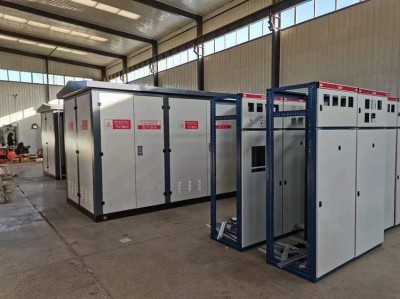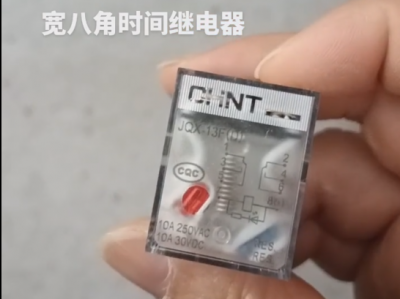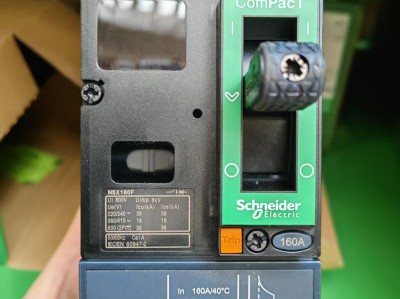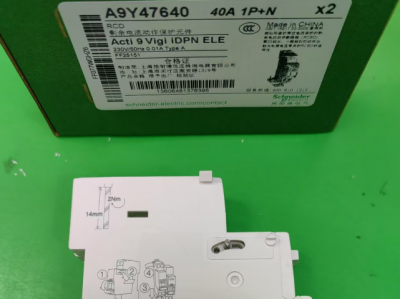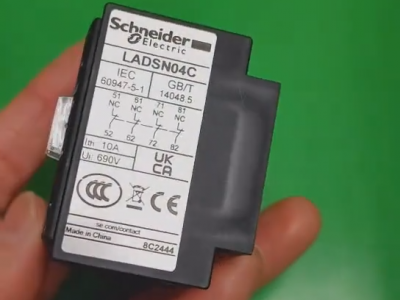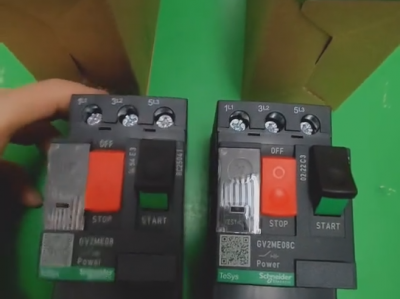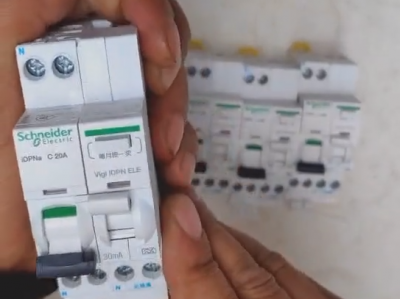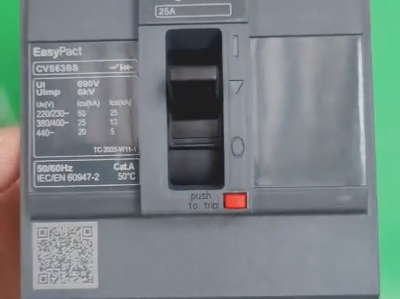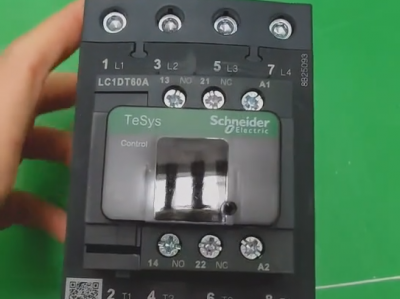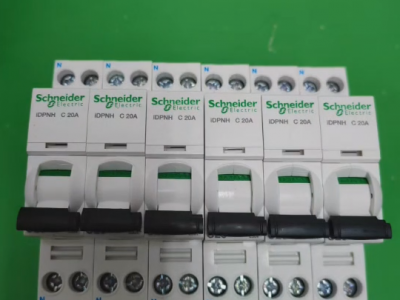Chint Air Switch NXB63-3P/D32 circuit breaker
Product description
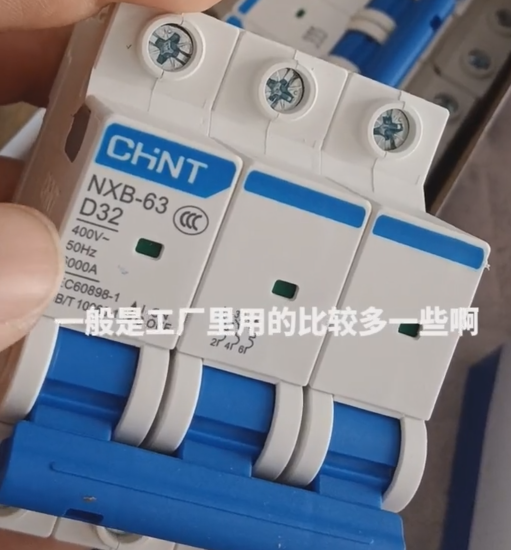
Chint Air Switch NXB63-3P/D32 is a three-pole miniature circuit breaker suitable for industrial and commercial scenarios, mainly used for overload protection, short-circuit protection and circuit isolation. The following is a collation of its core information:
1. Model Parsing and Technical Parameters
- **Model Meaning**:
- **NXB-63**: Chint NXB series miniature circuit breaker with a frame current of 63A.
- **3P**: Three-pole design, suitable for three-phase circuits (such as 400V systems).
- **D32**: D-type tripping curve, rated current 32A, suitable for loads with high inrush current (such as motors).
- **Key Parameters**:
- **Rated Voltage**: 400V AC (3P specification), frequency 50Hz.
- **Breaking Capacity**: 6kA (complies with IEC 60898-1 standard), capable of quickly cutting off short-circuit current.
- **Tripping Characteristic**: D-type curve, suitable for equipment with large starting current, such as motors, transformers, etc.
- **Certification**: Certified by CCC, CE, TUV, etc., but UL certification is not explicitly mentioned, so it may not be applicable to the North American market.
2. Application Scenarios and Functions
- **Applicable Fields**:
- Overload and short-circuit protection for industrial power distribution systems, commercial buildings and residential three-phase circuits.
- Particularly suitable for motor control circuits, as it can withstand the instantaneous high current during motor startup.
- **Core Functions**:
- **Overload Protection**: When the current exceeds the rated value, the bimetallic strip heats up and bends to trigger tripping.
- **Short-Circuit Protection**: The electromagnetic tripping device quickly cuts off the circuit in case of a short circuit (response time < 0.1 seconds).
- **Isolation Function**: After the handle is opened, the circuit can be safely maintained, meeting the requirements of electrical isolation.
3. Installation and Usage Notes
- **Installation Method**:
- Standard 35mm guide rail installation, supporting DIN EN 60715 standard, with simple installation.
- The wiring method is top-in and bottom-out, and it is necessary to ensure that the cross-sectional area of the wire matches the current (for example, 32A is recommended to use 6mm² copper wire).
- **Environmental Requirements**:
- Operating temperature range: -5℃ to +40℃, humidity ≤ 95%RH (no condensation).
- Avoid installation in environments with high temperature, humidity or corrosive gases.
- **Maintenance Suggestions**:
- Regularly check the flexibility of the handle operation and the state of the contacts to ensure no ablation or oxidation.
- It is recommended to replace the circuit breaker after 10 years or 10,000 operations to ensure reliability.
4. Purchase and Market Applicability
- **International Market**:
- This model has not explicitly obtained UL certification and may not comply with North American electrical standards (such as NEC).
- If American users need to use it, it is recommended to purchase through importers via Whatsapp: 0086-13811255435, but they need to confirm the compatibility and certification issues by themselves.
5. Suggestions for Alternative Solutions
- **Alternative Models for the North American Market**:
- If UL certification is required, you can consider Chint's NXB series variants designed for North America (such as NXB-63 3P D32 UL), or international brands such as Siemens 5SJ6 and ABB S203 series.
- Note that the commonly used voltage in North America is 120/240V, while NXB63-3P/D32 is a 400V specification, so direct use may require a transformer for voltage reduction.
6. Risk Tips
- **Compatibility Risks**:
- Installation of non-UL certified products in the United States may violate local electrical regulations, leading to insurance claims rejection or safety hazards.
- Three-phase 400V equipment is incompatible with the North American single-phase 240V system, and a professional electrician is required to evaluate the transformation plan.

